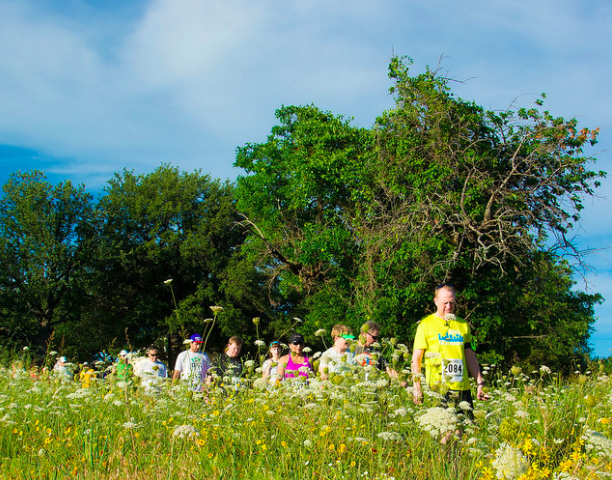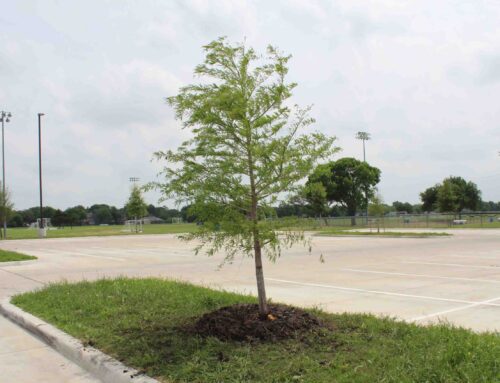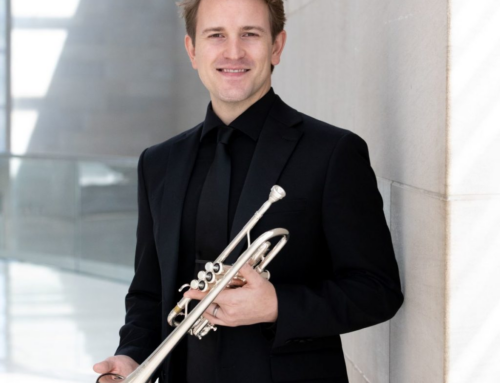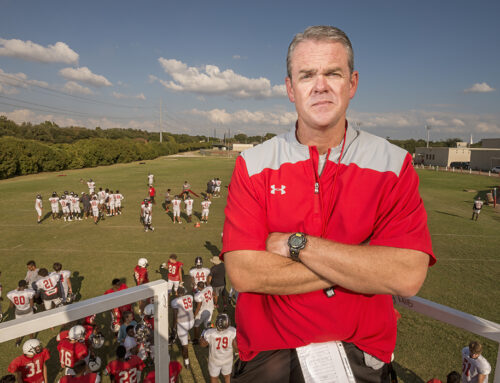Does the enthusiasm of these neighborhood crusaders sometimes hurt good organizations?
We wrote about White Rock area resident Ted Barker before he was cool. He was doing some interesting and worthwhile things — making things happen at the lake and, better yet, preventing some destructive things from happening. Years later the Observer noticed him and his brother Hal, after they rallied a community protest over a study by the Dallas Arboretum related to possibly paving Winfrey Point and using it as a parking lot.
A current target of Ted Barker’s ire is the Dallas Running Club, a neighborhood-based nonprofit organization that holds a running event the first Saturday of almost every month at Winfrey Point, on the south side of White Rock Lake.
To be fair, Ted Barker’s stated beefs with the club are nothing new, and he isn’t really picking on the DRC, per se. He favors no one group over another when it comes to lamenting the abuses of Winfrey Point. The DRC, the White Rock Lake Conservancy, Arboretum, Little League Baseball — no matter who you are, he does not want you trouncing or spraying herbicide on or/and especially parking on the native prairie grassland at Winfrey Point. Or the dirt along its margins. Or, while they are at it, the nearby shopping centers.
“Safety for non-event park users such as cyclists or pedestrians and access for emergency vehicles has always been an issue at this location when parking illegally takes place.” — Ted Barker
There is an expanse of prairie grass around Winfrey Point, and Winfrey also happens to be a popular event destination — both contributing factors to the Barkers’ interest in the area. They also live practically next door to the land.
“The issues of the prairie areas and general use of White Rock Lake are covered in the 1993 Master Plan for White Rock Lake and ancillary plans such as the (Texas Parks and Wildlife) Texas Land Steward Award program,” Ted Barker says. “Both [are] pet projects of mine.”
He adds that he has been communicating with Dallas Park officials and police since 1996 about this issue.
The Friday before last weekend’s DRC Frigid 5k/10k race, Ted Barker did what he has done many times before — sent an email to city and police officials and members of the media protesting the predicted actions of the DRC and event participants.
“Dallas Running Club has a large run planned for Winfrey on Sat.,” he wrote. “Parking may be seen along the margins, on the turf and into all intersections. They always abuse the strip mall parking area and have done so for many years.”
He continues, noting that in 2009 when new city park parking restrictions were implemented “the DRC published restrictions on their website and actually placed hundreds of markers to prevent abuses,” but, he adds, “that voluntary compliance has not been successfully repeated except in rare instance.”
Disclosure: I am no longer a member of the DRC. I used to be, but even when I was I was not particularly involved and I only volunteered like twice, which shames me. Many DRC members dedicate a load of time to the organization. I am a runner, but more of a loner runner than a organized-event type runner. The point is that I do not think my judgment is clouded or biased by association with the DRC, but, sure, it is fair to say that it could be. I have friends who are DRC members and officers. I attended Saturday’s race so I could observe the situation first hand (and enjoy some friendly competition).
The following observations are based on Saturday plus several years’ experience using the lake and covering White Rock Lake and the surrounding neighborhoods as a reporter.
I also shared all of the following observations with Ted Barker and invited him to respond. He did, to some of it, and will address more, he says, once he “determines who authorized parking in zones where city ordinance prohibits such parking.
“We need to see the actual waiver communications and who signed off on such an instrument,” he says. He is referring to a map produced by the DRC, reportedly given them by the city when they received their event permit. A map sent to all members and race entrants and posted on the web site. This map.
The map shows that parking is allowed along the shoulder on Emerald Isle and the road leading up the Winfrey hill. The map is a point of contention for Ted, who says it violates city event policy guidelines updated in 2012.
I’ve read those, and I understand the Parks department outlines a parking plan for every event venue, but there are no specifics regarding the shoulders of the roads in question.
I spoke with DRC volunteer/officer Teresa Pennington, who also used to be a DRC race director, and she says the club has made every possible effort to comply with the rules, works closely with the city, parks and rec and police staff, and fulfills their obligations.
That map, she says, is based on instructions given them by the city when securing an event permit. She adds that the club hired three police officers to enforce the parking restrictions. Wait. Think about that for a second — three officers for an event that drew less than 1,000 people.
DRC members pay some $30 for an annual membership and these first-Saturday races are free. Non-members pay $10. Compare this, for example, to the annual Tour De Fluers race at the nearby Dallas Arboretum, which charges $50 if you register early and $60 right before the race. That’s for the 10k. The featured 20k race costs more (and I’m not dissing TDF — these prices are the market standard). The DRC does not appear to be out to make money. It employs no paid staff. And they hired three officers to enforce parking and traffic restrictions. Also, something many East Dallasites will appreciate, they block zero public streets for their races (with the exception of the November half marathon). There are plenty of running-event organizers who gouge the consumer and disrespect our streets and generally are bad neighbors (in fact, I am working on a longer-term story about that), but DRC does not come close to fitting that ilk.
About the strip center that the runners, according to Ted Barker, are “abusing”. Home to Hypnotic Donuts, a nail salon, a Chinese restaurant — this is not listed as a legal parking option, but let’s say race participants do park there.
This is hardly a grievous problem — the crowds from the race are mostly gone by 9 a.m. and many of them are patrons of the places that open that early — the donut shop, for example. (Exception: Barbec’s — they are open early and do need their parking spaces.)
Side note: the donut shop in that center hosts its own fun run at the end of January at Fair Park. The Hypnotic Donut Dash is in collaboration with Mellew Productions, a race production company that Ted Barker spoke out against in 2012. At the time Barker was upset that a Mellew announcer made disparaging comments about nearby Garland Road businesses — such as Hypnotic Donuts — after the businesses supposedly demanded that race participants not park in their lot. Mellew has since relocated all of its White Rock Lake events. But is partners with one of those businesses that they reportedly inconvenienced and insulted. (Yes, I need to find out how that all went down.)
At the time of this writing I had not heard back from Garland Road business owners I contacted.
The best parking solution for runners, which also is acceptable to everyone I know of, is the large lot at the Dallas Running Club’s clubhouse, which is located behind Doctor’s Hospital, a little more than a half mile from Winfrey Point. For folks running a 5 or 10k, this is no problem. A warm up is recommended when you’re racing. But what if the participant has kids or family members joining them? Many DRC events include 1k fun runs for children, and families might not find this parking situation realistic.
Incidentally, for those parking at the DRC clubhouse, it is not easy to locate the start of the event at Winfrey Point. I ran into a couple looking lost Saturday morning – they had no clue how to find the race from the lot. Their confusion was understandable — from the lot, at 7 a.m., the lake looked dark and dead with no sign of a race nearby. The DRC could encourage more clubhouse parking, I bet, if they place signage and make it clearer where to find the start of the race.
Race volunteers usually must arrive to the event early, so they score many of the 82 Winfrey Point spaces.
Another problem, in Ted Barker’s view, is the “eroded area … where runners will migrate from the top of the hill to the run start.”
He is referring here to a manmade path from the top of Winfrey Point to the trail where the races begin and end.
To him this is a blight. To many frequent lake users, it is a convenience.

A narrow path cuts through the grasses between Winfrey Point and the trail below: Dallasrunningclub.com
In his correspondences, Ted stresses the idea that DRC event entrants are offending, inconveniencing and even endangering what he calls “non-event lake users.”
“Safety for non-event park users such as cyclists or pedestrians and access for emergency vehicles has always been an issue at this location when parking illegally takes place,” he notes.
When I attend these DRC races, maybe 1-3 a year, the people in attendance are many of the same people who live around and who care for and who regularly use the lake, or as Ted puts it, “non-event park users”. In other words, many of the event attendees are “non-event park users” every other day of the week.
And, for that matter, why would someone feel that “non-event park users” should have more parking privileges than someone who has entered an event held at said park? Everyone at the lake is there for his or her own personal reason — dog walking, bird-watching, running or watching a DRC race, running without entering a race, and all are equally valid reasons to be at the lake, and spaces should be available on a first-come-first serve basis, no? I asked Ted why he felt this was wrong thinking, and he deferred to answer until, he says, he determines who authorized the parking in what he says are illegal zones.
Ted and brother Hal gained local notoriety with the Arboretum Winfrey point debacle, and rightly so. They relentlessly sought information and did so with more endurance and persistence than most reporters I know. I believe they care deeply about the lake and I am glad the lake has them. However I think there are cases in which their enthusiasm and love of a good uproar sometimes winds up wounding organizations that are good for the neighborhood, like the DRC — they should be on the same team.







